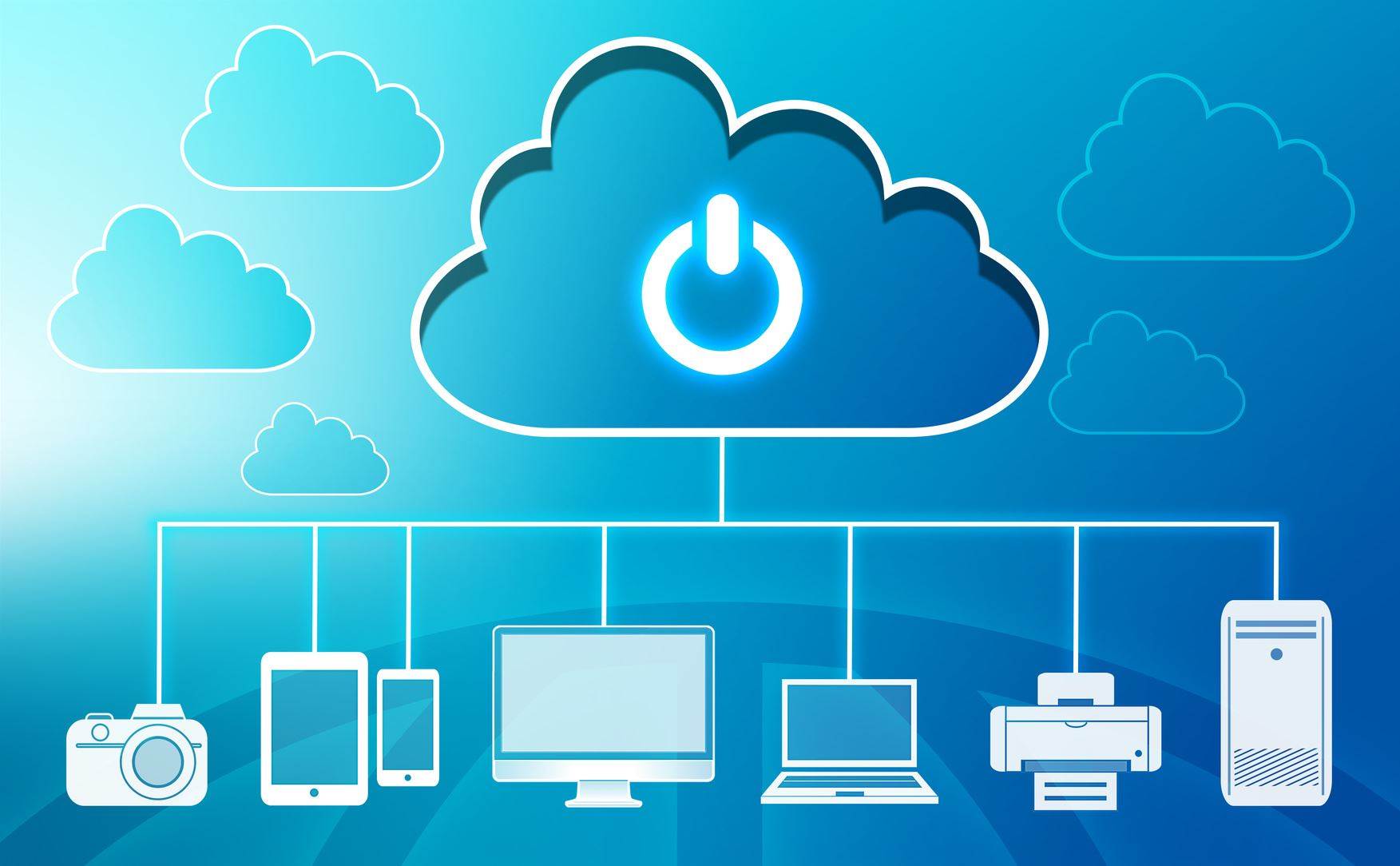Autozone reported the last year's revenue of 12.99
B. Total Income to common stockholders was 1.83
B with profit before taxes, overhead, and interest of 6.77
B. About
95.0% of the company shares are held by institutions such as insurance companies. Autozone has Price/Earnings To Growth (PEG) ratio of 2.92. The entity recorded earning per share (EPS) of 76.33. The firm last dividend was issued on the 29th of October 2010. Autozone had
2:1 split on the 21st of April 1994.
The performance of AutoZone in the marketplace will significantly impact your decision to invest in its stock. Revenue growth, profitability, competitive positioning, management quality, and industry trends can influence AutoZone's
stock prices. When investing in AutoZone, there are several factors to consider and potential outcomes to expect. As a company performs well, its stock price may increase, allowing investors to benefit from price appreciation. However, AutoZone Stock can experience significant price fluctuations due to market conditions, economic factors, industry trends, or company-specific news. This is why investing in stocks such as AutoZone carries risks, including the potential for capital loss. Stock prices can decline, and investors may incur losses if they sell shares at a lower price than their initial investment.
How important is AutoZone's Liquidity
AutoZone
financial leverage refers to using borrowed capital as a funding source to finance AutoZone ongoing operations. It is usually used to expand the firm's asset base and generate returns on borrowed capital. AutoZone financial leverage is typically calculated by taking the company's all interest-bearing debt and dividing it by total capital. So the higher the debt-to-capital ratio (i.e., financial leverage), the riskier the company. Financial leverage can amplify the potential profits to AutoZone's owners, but it also increases the potential losses and risk of financial distress, including bankruptcy, if the firm cannot cover its debt costs. The degree of AutoZone's financial leverage can be measured in several ways, including by ratios such as the debt-to-equity ratio (total debt / total equity), equity multiplier (total assets / total equity), or the debt ratio (total debt / total assets). Please check the
breakdown between AutoZone's total debt and its cash.
What do experts say about AutoZone?
Stock analysis is a method for investors and traders to make buying and selling decisions. By studying and evaluating past and current data, investors and traders attempt to gain an edge in the markets by making informed decisions.
Analysis ConsensusBreaking down AutoZone Indicators
The asset utilization indicator refers to the revenue earned for every dollar of assets a company currently reports. Autozone has an asset utilization ratio of 151.05 percent. This suggests that the company is making $1.51 for each dollar of assets. An increasing asset utilization means that Autozone is more efficient with each dollar of assets it utilizes for everyday operations.
Autozone technical analysis suggests possible reversion
The standard deviation is down to 1.81 as of today. Autozone has relatively low volatility with skewness of -0.61 and kurtosis of 1.84. However, we advise all investors to independently investigate Autozone to ensure all accessible information is consistent with the expectations about its upside potential and future expected returns. Understanding different market volatility trends often help investors to time the market. Properly using volatility indicators enable traders to measure Autozone's stock risk against market volatility during both bullying and bearish trends. The higher level of volatility that comes with bear markets can directly impact Autozone's stock price while adding stress to investors as they watch their shares' value plummet. This usually forces investors to rebalance their portfolios by buying different stocks as prices fall.
Our Final Takeaway
When is the right time to buy or sell Autozone? Buying stocks such as Autozone isn't very hard. However, what challenging for most investors is doing it at the right time. Proper market timing is something most people cannot do without
sophisticated tools, which help to isolate the right opportunities, deliver winning trades and diversify portfolios on a daily basis.
While some institutional investors may not share our view we believe that the current risk-reward utility is not appealing enough to do any trading. Please use our equity advice module to run different scenarios to ensure your current risk level and investment horizon are fully reflective of your current investing preferences in regards to Autozone.
Building efficient market-beating portfolios requires time, education, and a lot of computing power!
The Portfolio Architect is an AI-driven system that provides multiple benefits to our users by leveraging cutting-edge machine learning algorithms, statistical analysis, and predictive modeling to automate the process of asset selection and portfolio construction, saving time and reducing human error for individual and institutional investors.
Try AI Portfolio ArchitectEditorial Staff
Vlad Skutelnik is a Macroaxis Contributor. Vlad covers stocks, funds, cryptocurrencies, and ETFs that are traded in North America, focusing primarily on fundamentals, valuation and market volatility. He has many years of experience in fintech, predictive investment analytics, and risk management.
View Profile This story should be regarded as informational only and should not be considered a solicitation to sell or buy any financial products. Macroaxis does not express any opinion as to the present or future value of any investments referred to in this post. This post may not be reproduced without the consent of Macroaxis LLC. Macroaxis LLC and Vlad Skutelnik do not own shares of AutoZone. Please refer to our
Terms of Use for any information regarding our disclosure principles.
Would you like to provide feedback on the content of this article?
You can get in touch with us directly or send us a quick note via email to
editors@macroaxis.com